Installing Engineered Hardwood floor on top of solid wood
Candri Brizu
2 years ago
Featured Answer
Sort by:Oldest
Comments (24)
Related Professionals
Feasterville Trevose Kitchen & Bathroom Remodelers · Omaha Kitchen & Bathroom Remodelers · The Crossings General Contractors · Groveton General Contractors · Maple Heights General Contractors · Saginaw General Contractors · Midlothian Painters · Lansdowne Painters · San Marino Painters · Costa Mesa Flooring Contractors · San Tan Valley Flooring Contractors · South Lake Tahoe Flooring Contractors · Chillicothe General Contractors · Clive General Contractors · San Carlos Park General ContractorsCandri Brizu
2 years agolast modified: 2 years agoCandri Brizu
2 years agolast modified: 2 years agoCandri Brizu
2 years agolast modified: 2 years agoCandri Brizu
2 years agolast modified: 2 years agoBlaze Zarev
last yearCandri Brizu
last yearBlaze Zarev
last yearlast modified: last yearCandri Brizu
last yearHeavens Angel
last yearCandri Brizu
last yearHeavens Angel
last yearKay L
2 months agoCandri Brizu
2 months agolast modified: 2 months agoMqi Hozstad
7 days ago
Related Stories

REMODELING GUIDESYour Floor: An Introduction to Solid-Plank Wood Floors
Get the Pros and Cons of Oak, Ash, Pine, Maple and Solid Bamboo
Full Story
REMODELING GUIDESWhen to Use Engineered Wood Floors
See why an engineered wood floor could be your best choice (and no one will know but you)
Full Story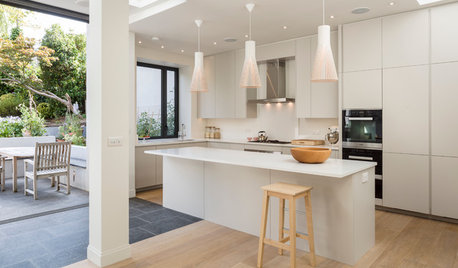
FLOORSHow to Care for Engineered Wood Flooring
Keep your wood floor looking its best with these tips and tricks from the experts
Full Story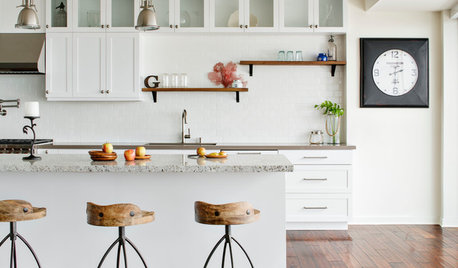
REMODELING GUIDESWhat to Know About Engineered Wood Floors
Engineered wood flooring offers classic looks and durability. It can work with a range of subfloors, including concrete
Full Story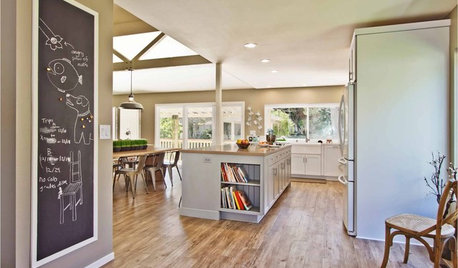
FLOORSWhat's the Right Wood Floor Installation for You?
Straight, diagonal, chevron, parquet and more. See which floor design is best for your space
Full Story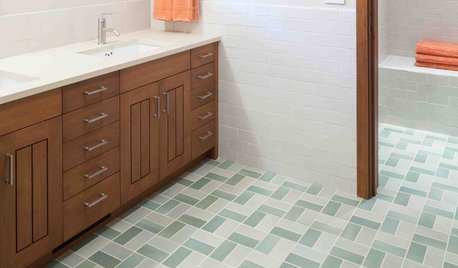
GREAT HOME PROJECTSHow to Install a New Tile Floor
Is it time to replace your tile floor? Here’s how to get it done, which pros to call and what it will cost
Full Story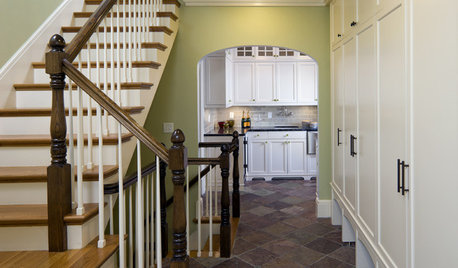
TILE6 Questions to Answer Before You Install Tile Flooring
Considering these things before tackling your floors can get you a better result
Full Story
FENCES AND GATESHow to Install a Wood Fence
Gain privacy and separate areas with one of the most economical fencing choices: stained, painted or untreated wood
Full Story
MATERIALSWhat to Ask Before Choosing a Hardwood Floor
We give you the details on cost, installation, wood varieties and more to help you pick the right hardwood flooring
Full Story
REMODELING GUIDESContractor Tips: Smooth Moves for Hardwood Floors
Dreaming of gorgeous, natural wood floors? Consider these professional pointers before you lay the first plank
Full Story







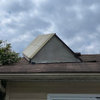

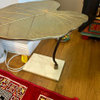
User